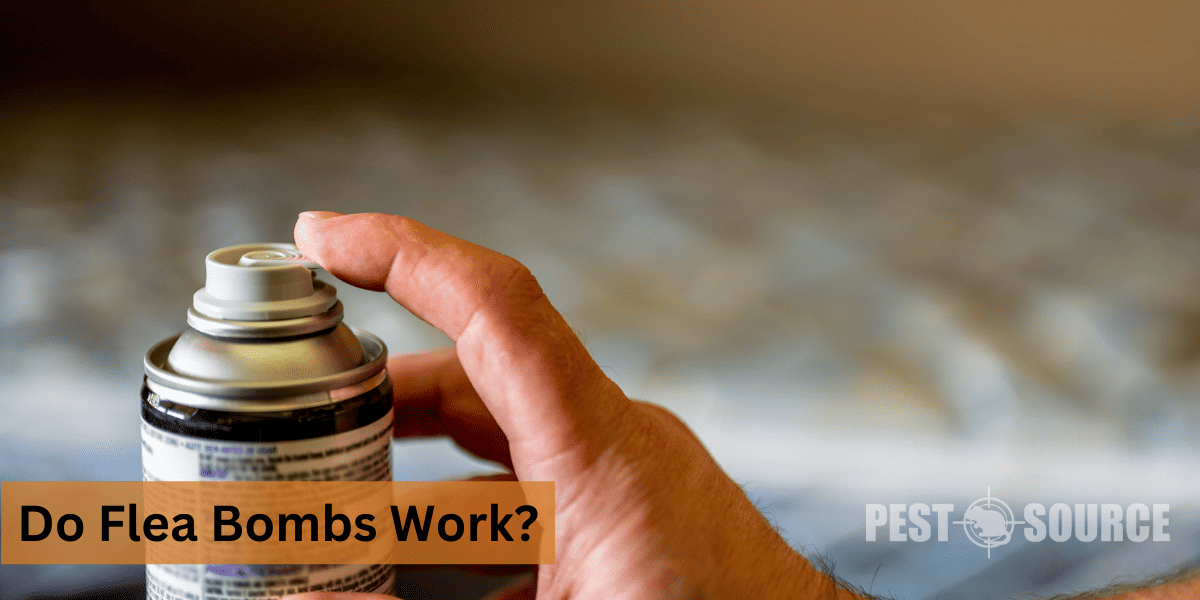Fleas can be a persistent and frustrating problem for homeowners and pet owners alike. When dealing with a flea infestation, many people turn to flea bombs or foggers as a quick and easy solution. But do flea bombs really work in controlling and eliminating flea populations in your home? In this article, we’ll explore the ins and outs of flea bombs, their effectiveness, alternatives, and safety precautions to help you decide if using a flea bomb is the right course of action for your specific situation.
POINTS
- Flea bombs can be effective in reducing flea populations when used correctly, but they might not completely eliminate fleas, especially their eggs and larvae. Combining flea bombs with other control methods, such as vacuuming and treating pets, is crucial for successfully managing an infestation.
- The safety of flea bombs hinges on carefully following product guidelines and taking necessary precautions, such as evacuating people and pets, covering food and dishes, and ensuring proper ventilation during and after treatment.
- Professional pest control services are available and may offer a more thorough and effective solution than DIY flea bombing methods. These professionals can provide personalized treatment plans and use specialized equipment, techniques, and insecticides.
- Preventive measures against fleas include regular pet care (grooming and flea treatments), routine cleaning (vacuuming and washing pet bedding), home maintenance (sealing gaps and managing vegetation), and using natural deterrents (essential oils and diatomaceous earth).
- Flea bombs and foggers may work against a range of fleas and other pests. However, they might not deliver the same level of control for certain pests, such as ticks and roaches. Using targeted pest control methods or seeking professional assistance may be necessary for effective management in these cases.
What are Flea Bombs and How Do They Work?
What is a flea bomb and how does it function?
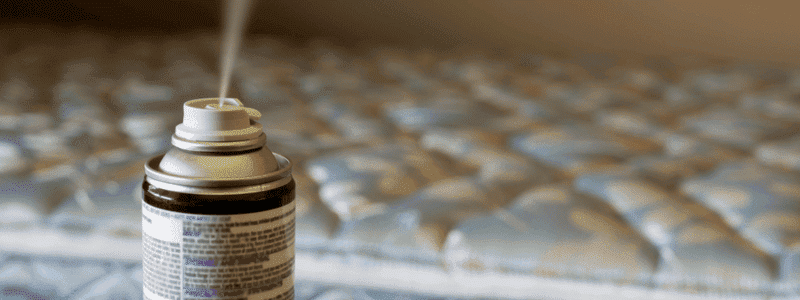
A flea bomb, also known as a flea fogger, is a pesticide aerosol product used to combat flea infestations in homes and other indoor areas. It works by releasing a fine mist of insecticide that penetrates carpets, furniture, and other surfaces where fleas may be hiding. This mist, when inhaled or contacted by fleas, can effectively kill them and help control your pest problem.
How does a flea fogger work?
A flea fogger operates by using a specially designed canister that releases its insecticide contents when activated. The canister contains a propellant that forces the insecticide out in a fine mist, allowing it to settle on surfaces and penetrate hiding places where fleas may be residing. Once the fleas come into contact with the insecticide, their nervous systems are affected, ultimately resulting in their death.
What is the difference between a flea bomb, fogger, and bug bomb for fleas?
Flea bombs and foggers are essentially the same product but may be referred to with different names. Both operate in the same manner, using an aerosol canister to release a cloud of insecticide. A bug bomb for fleas, though similar in concept, may contain a different formulation of chemicals that target a broader range of pests, including but not limited to fleas. It is essential to read the label on any product to ensure it is specifically designed to target fleas for optimal results.
How Effective are Flea Bombs and Foggers?
Understanding how flea bombs affect the different stages of a flea’s life cycle can be crucial in effectively managing an infestation. The table below outlines the effectiveness of a generic flea bomb against each stage of the flea life cycle, providing insights into the comprehensive approach needed for control.
| Flea Life Cycle Stage | Description | Flea Bomb Effectiveness | Notes |
|---|---|---|---|
| Eggs | Laid by adult fleas on hosts | Limited | Insecticides may not penetrate the protective shell. |
| Larvae | Hatch from eggs | Moderate | Vulnerable, but can hide deep in carpets and pet bedding. |
| Pupae | Cocoon stage before adult | Low | Cocoon provides protection from insecticides. |
| Adult | Mature flea | High | Direct contact with insecticides is lethal to adults. |
This illustrates the need for a multi-faceted approach when tackling a flea infestation, as flea bombs alone may not effectively reach fleas in all life cycle stages. Additional measures, such as vacuuming and the use of insect growth regulators, are essential to fully eradicate the population.
Do flea bombs really work?
Flea bombs can be effective in reducing flea populations when used correctly. However, they may not be a complete solution on their own. The effectiveness of flea bombs largely depends on proper usage, coverage of infested areas, and the specific chemicals involved. Some flea bombs may be more powerful than others, while improper use can render them less effective.
How effective are flea bombs against fleas and their eggs?
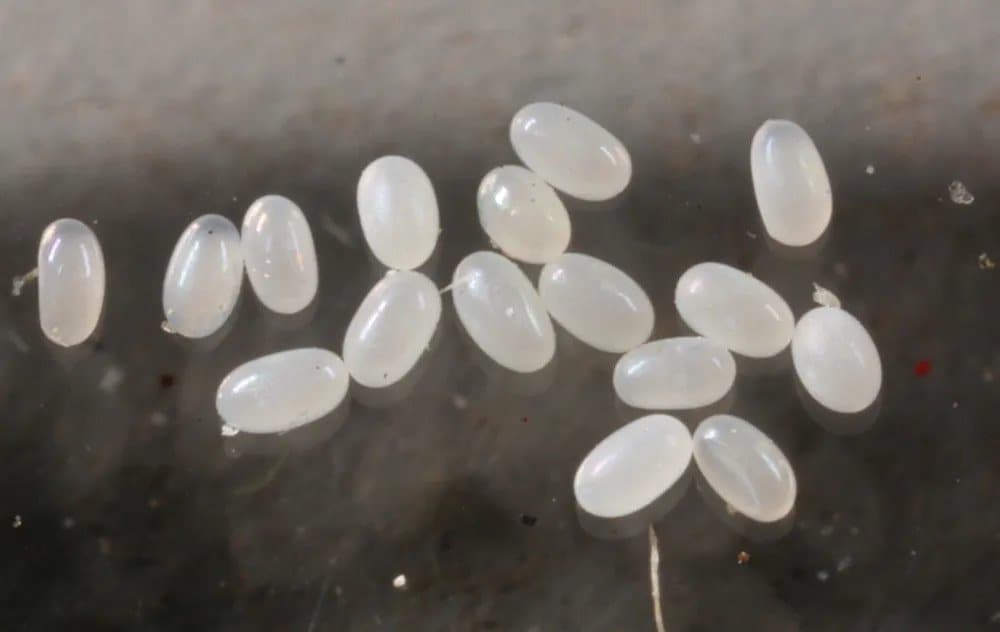
While flea bombs can kill adult fleas, they may not effectively eliminate flea eggs and larvae. This is because the insecticides used in flea bombs may not penetrate the protective outer layers of the eggs and larvae. As a result, even after using a flea bomb, a new generation of fleas can hatch and repopulate your home. To successfully control a flea infestation, it is often necessary to combine flea bombs with other methods, such as thorough vacuuming, washing pet bedding, and treating pets with appropriate flea medications.
Are there flea bombs that are more effective than others?
Some flea bombs may be more effective than others, depending on factors such as the type of insecticide used and the release mechanism of the fogger. Reading product labels and user reviews can help you determine which flea bombs have a higher success rate among users. Additionally, consulting with a pest control professional may provide further insight into the most effective flea bomb options for your specific situation.
Why might some flea bombs not work?
A flea bomb might not work for several reasons, including improper usage, inadequate coverage, and flea resistance to the insecticide. To increase the likelihood of a successful flea bomb application, follow the product instructions carefully, ensure all infested areas are treated, and consider using a flea bomb with a different active ingredient if initial attempts are unsuccessful.
Do Flea Bombs and Foggers Work on Different Types of Fleas and Other Pests?
Do flea bombs kill different species of fleas effectively?
Most flea bombs are designed to target common household flea species, such as the cat flea (Ctenocephalides felis) and the dog flea (Ctenocephalides canis). The insecticides used in these products are usually broad-spectrum, meaning they can effectively kill multiple types of fleas. However, always read the product label to ensure the specific flea species you are dealing with is included in the list of targeted pests.
Do flea and tick bombs work on both pests?

Flea and tick bombs are available that target both fleas and ticks. While these products may be effective in reducing populations of both pests, it’s essential to understand that they may not fully eliminate them, especially in the case of ticks. Ticks have a more complex life cycle, and some stages may be more resistant to pesticides. Therefore, a combination of methods is often necessary to control ticks, such as regular vacuuming, yard maintenance, and treating pets with suitable tick preventatives.
Can flea bombs and foggers also be effective against other pests like roaches?
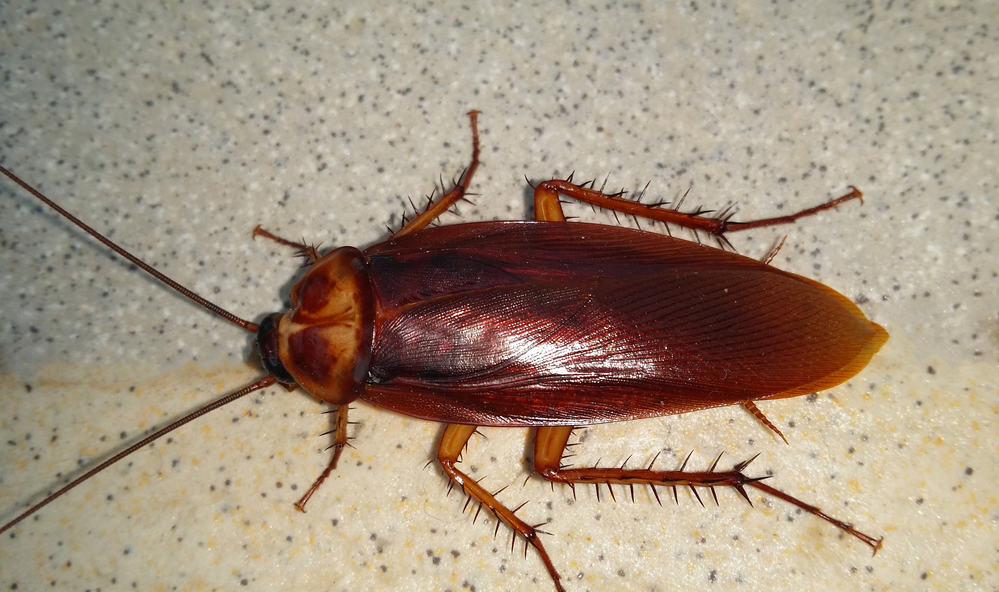
Some flea bombs and foggers contain insecticides that are also toxic to other pests like roaches. However, the effectiveness of these products on roaches may be limited, as roaches often hide in hard-to-reach areas where the insecticide mist may not penetrate. If you have a roach problem in addition to fleas, it may be more effective to use targeted roach control methods, such as baits, traps, or a professional pest control service.
What is the Procedure for Using Flea Bombs and Foggers in Various Settings?
How should you use a flea bomb in your house or apartment?
Preparing your house or apartment for a flea bomb treatment is as crucial as the treatment itself for ensuring effectiveness and safety. The following table outlines the essential steps to take before deploying flea bombs, helping to maximize their impact while protecting your living space and inhabitants.
| Step Number | Preparation Step | Details |
|---|---|---|
| 1 | Read the product instructions | Understand the specific guidelines and safety precautions of the product. |
| 2 | Calculate the number of bombs needed | Determine how many units are necessary based on your space’s square footage. |
| 3 | Evacuate humans and pets | Ensure the area is clear of all people and animals for their safety. |
| 4 | Turn off all ignition sources | Prevent the risk of fire by turning off or unplugging potential ignition sources. |
| 5 | Cover or remove food, dishes, and utensils | Protect consumables and kitchenware from exposure to chemicals. |
| 6 | Cover electronics and sensitive furniture | Use sheets or plastic to cover electronic devices and delicate furniture. |
| 7 | Open internal doors and cabinets | Improve the fogger’s reach by allowing access to more areas. |
| 8 | Place the flea bomb in the center of the room | Ensure optimal distribution of the insecticide by positioning the bomb correctly. |
| 9 | Activate the flea bomb and leave immediately | Start the fogger according to instructions and exit the area quickly. |
| 10 | Wait the recommended duration before reentering | Follow the product’s specified waiting period to allow the fog to settle. |
| 11 | Ventilate the treated area upon return | Open windows and doors to air out the space before resuming normal use. |
Are there best practices for flea bombing a room or the entire house?
Yes, there are best practices for flea bombing:
- Be thorough: Treat all rooms with signs of flea infestations to prevent fleas from migrating to untreated areas.
- Combine methods: Use flea bombs in conjunction with other flea control methods, such as vacuuming, washing pet bedding, and applying flea treatment to pets.
- Monitor: After treatment, keep an eye on flea activity and retreat if necessary, following the guidelines on the product label.
How long after flea bombing can you go back into the house?
The waiting period after flea bombing varies depending on the product used. Typically, you should wait at least two to four hours before re-entering the treated area. Always follow the instructions provided on the product label for specific guidance on re-entry time and any necessary ventilation procedures.
What are the Safety Considerations When Using Flea Bombs and Foggers?
Using flea bombs safely requires strict adherence to a set of precautions to ensure the well-being of your family and pets. Below is a checklist of safety precautions to follow when using flea bombs in your home to mitigate risks and ensure effective pest control.
| Safety Precaution | Action Required | Checked |
|---|---|---|
| Read the product label carefully | Understand all instructions and warnings before use | ☐ |
| Evacuate all persons and pets | Ensure no one is in the premises during the bombing process | ☐ |
| Turn off ignition sources | Extinguish all open flames, turn off pilot lights, and unplug electrical appliances | ☐ |
| Cover or remove food and utensils | Protect food, dishes, and utensils from exposure to chemicals | ☐ |
| Cover electronics and furniture | Use plastic sheeting or bags to protect sensitive items | ☐ |
| Open cabinets and drawers | Allows better dispersion of the insecticide mist | ☐ |
| Seal the area being treated | Close windows and doors to contain the fog and increase effectiveness | ☐ |
| Use gloves when handling the flea bomb | Prevents skin contact with insecticides | ☐ |
| Follow the recommended waiting period | Wait the specified time before re-entering the home | ☐ |
| Ventilate upon return | Open windows and doors upon return to air out the premises | ☐ |
| Clean exposed surfaces | Wipe down surfaces and wash any bedding or clothing that may have been exposed to the insecticide | ☐ |
Following this checklist can significantly reduce the risk of exposure to harmful chemicals and increase the effectiveness of your flea control efforts.
Are flea bombs and foggers safe to use?
When used correctly and according to the product instructions, flea bombs can be safe to use. However, it’s essential to exercise caution and follow all safety guidelines. The insecticides used in flea bombs are toxic, and direct exposure to them can be harmful. Flea bombs should not be used in homes without proper ventilation or in areas where people, pets, or food are present.
What precautions should be taken when using flea bombs in the presence of children?
To protect children from exposure to flea bomb insecticides:
- Evacuate children from the area before activating the flea bomb.
- Keep children and their belongings out of the treated area during and immediately after treatment.
- Follow the product’s ventilation instructions and waiting period before allowing children back into the treated area.
- Clean and sanitize all surfaces, toys, and belongings that children may come into contact with after treatment.
What safety measures should be considered when fogging your house for fleas?
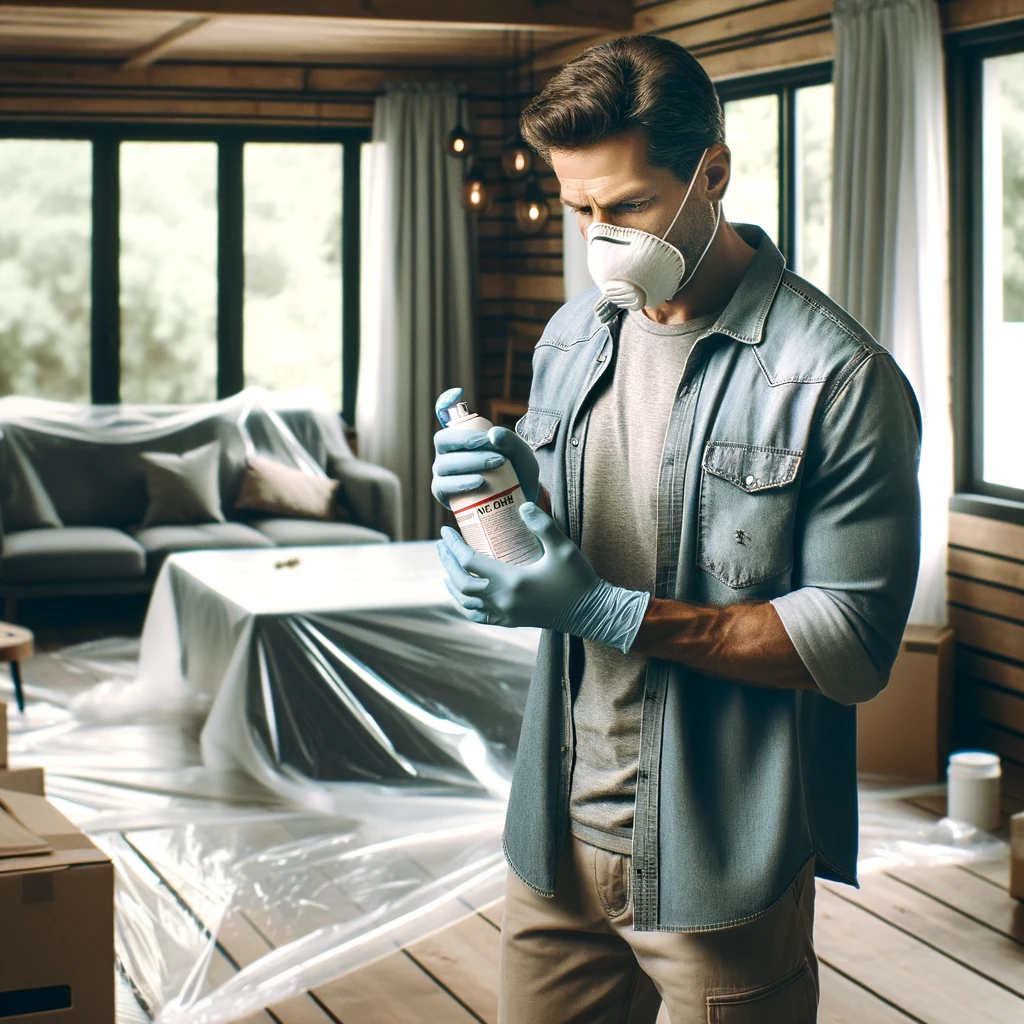
Safety measures to consider when fogging your house for fleas:
- Read product labels carefully and follow all instructions for proper usage and safety precautions.
- Wear protective gear, such as gloves and a mask, when handling and activating the flea bomb.
- Evacuate all persons and pets from the treated area throughout the entire treatment process.
- Cover or remove any food, dishes, and aquariums in the treated area.
- Ensure proper ventilation during and after treatment, as specified on the product label.
Where Can You Purchase Flea Bombs and Foggers?
Where can you find flea bombs near me (locally)?
Flea bombs can be purchased at local stores like Walmart, Target, Home Depot, Lowe’s, and other general merchandise or home improvement stores. They can also be found at pet supply stores and some grocery stores.

Can flea bombs be purchased from general stores like Dollar General?
Yes, flea bombs can be purchased at general stores like Dollar General. However, selection may be limited, and products may not be as effective as those from specialized pet or home improvement stores.
Are professional or industrial-grade flea bombs available for purchase?
Professional or industrial-grade flea bombs are typically sold through pest control supply companies or directly to pest control professionals. Some professional-grade products may be available online, but it’s crucial to ensure they are EPA-approved and suitable for residential use.
What are the Alternatives to Using Flea Bombs and Foggers?
If flea bombs don’t work, what other methods can be employed to get rid of fleas?
If flea bombs are not successful in eliminating fleas, there are alternative methods available:
- Vacuuming: Regular vacuuming can help remove adult fleas, eggs, larvae, and pupae from carpets and other surfaces.
- Steam cleaning: Steam cleaning carpets and upholstery can kill fleas at all life stages, including eggs and larvae.
- Pet treatments: Apply veterinarian-approved flea treatments to pets, such as topical medications or oral tablets, to help control fleas.
- Insect growth regulators (IGRs): Use these products to inhibit the development of flea eggs and larvae, preventing them from reaching adulthood.
- Diatomaceous earth (DE): A natural, non-toxic powder that can be applied to infested areas, such as carpets or pet bedding, to help kill fleas.
- Professional pest control: If fleas persist, consider hiring a professional pest control service to inspect and treat your home.
Are professional flea bombing services available and how do they differ from DIY methods?

Yes, professional flea bombing services are available. Pest control companies can evaluate your flea infestation and provide personalized treatment plans tailored to your specific needs. Professional services may utilize specialized equipment, techniques, and insecticides not accessible to general consumers. This can lead to a more thorough and effective treatment when compared to DIY methods. Additionally, professionals can offer advice on preventing future infestations and may provide ongoing support through follow-up visits or treatments.
What are some preventive measures against fleas to reduce the need for flea bombs or foggers?
To minimize the risk of flea infestations and reduce the need for flea bombs or foggers, consider implementing these preventive measures:
| Preventive Measure | Action | Frequency |
|---|---|---|
| Regular pet treatment | Apply veterinarian-recommended flea treatments to pets. | As prescribed |
| Routine cleaning | Vacuum carpets, furniture, and pet areas regularly. | At least once a week |
| Wash pet bedding | Clean all pet bedding in hot water to kill fleas and their eggs. | Weekly |
| Seal entry points | Check and seal gaps in doors, windows, and walls to prevent entry. | Annually or as needed |
| Maintain yard | Keep grass cut short and remove debris to reduce flea habitats. | Regularly during warm months |
| Use natural deterrents | Apply diatomaceous earth or flea-repelling plants in and around home. | As needed |
| Monitor with flea traps | Set up flea traps to catch and monitor flea populations. | Continuously |
By incorporating these preventive measures into your regular home maintenance routine, you can significantly reduce the likelihood of a flea infestation and ensure a healthier environment for your family and pets.
Conclusion: Evaluating the Effectiveness and Safety of Flea Bombs and Foggers
Overall, do flea bombs work and are they a safe and effective method for eliminating fleas?
Flea bombs can work when used correctly and can be an effective measure for reducing flea populations in your home. However, they may not be a complete solution on their own, and their effectiveness is contingent on proper usage, coverage, and the chemicals involved. The safety of flea bombs depends on carefully following product guidelines and taking necessary precautions.
Should you bomb your house for fleas or consider other options?
Bombing your house for fleas may be a suitable option in some cases, but a combination of methods is often necessary for complete flea eradication and prevention. Before resorting to flea bombs, try implementing alternative strategies such as regular vacuuming, steam cleaning, applying pet treatments, and using insect growth regulators. If flea infestations persist, consider seeking professional pest control assistance for a thorough inspection and treatment.

What future developments are being made to improve the effectiveness and safety of flea bombs and foggers?
Research is ongoing to develop new methods and products for more effective and safer flea control. Innovations could include new insecticides with lower toxicity, improved formulations for better penetration of flea hiding spots, and enhanced release mechanisms in foggers for more efficient distribution of insecticides. The development of new, eco-friendly pest control methods, such as biological controls and natural repellents, is also essential for safer and sustainable pest management.

